Nissan Qashqai v Hyundai Tucson – which of these hybrid family SUVs is best?
July 09, 2025 by Tom Wiltshire
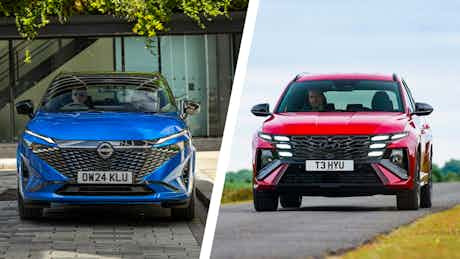
If you’re looking for a new family car then the chances are you’ll be after one of the best SUVs on sale. That list is highly likely to include one of these two cars – the Nissan Qashqai or the Hyundai Tucson.
The Qashqai can be credited with starting the family SUV craze, way back in 2007 when it effectively replaced the Almera and Primera hatchbacks. We’re now into the third generation of Qashqai, which was released in 2021 and updated in 2024. Built in Sunderland, it offers a mild hybrid or a full self-charging hybrid engine option called e-Power.
Hyundai launched the Tucson in 2004, and the current model is the fourth-generation car which was introduced in 2020 and facelifted in 2024. It’s offered with petrol, hybrid or plug-in hybrid engines and majors on its spacious interior and seriously eye-catching looks.
But which one comes out on top in a head-to-head?
Whether it’s a Qashqai, a Tucson or something else entirely, you can buy a brand new or used car right here on Carwow. And you can sell your car, too. We’re here to help you through every step of your car-changing journey.
Nissan Qashqai v Hyundai Tucson: design and styling
Both of these are eye-catching cars, and that’s certainly not something you could have said about their snooze-worthy predecessors. The Qashqai’s facelift in 2024 gave it a bold, full-width grille with loads of angles and headlights integrated into the corners. It’s a little bit like putting lipstick on a pig, though, as the rest of the car is a bit blobby and generic.
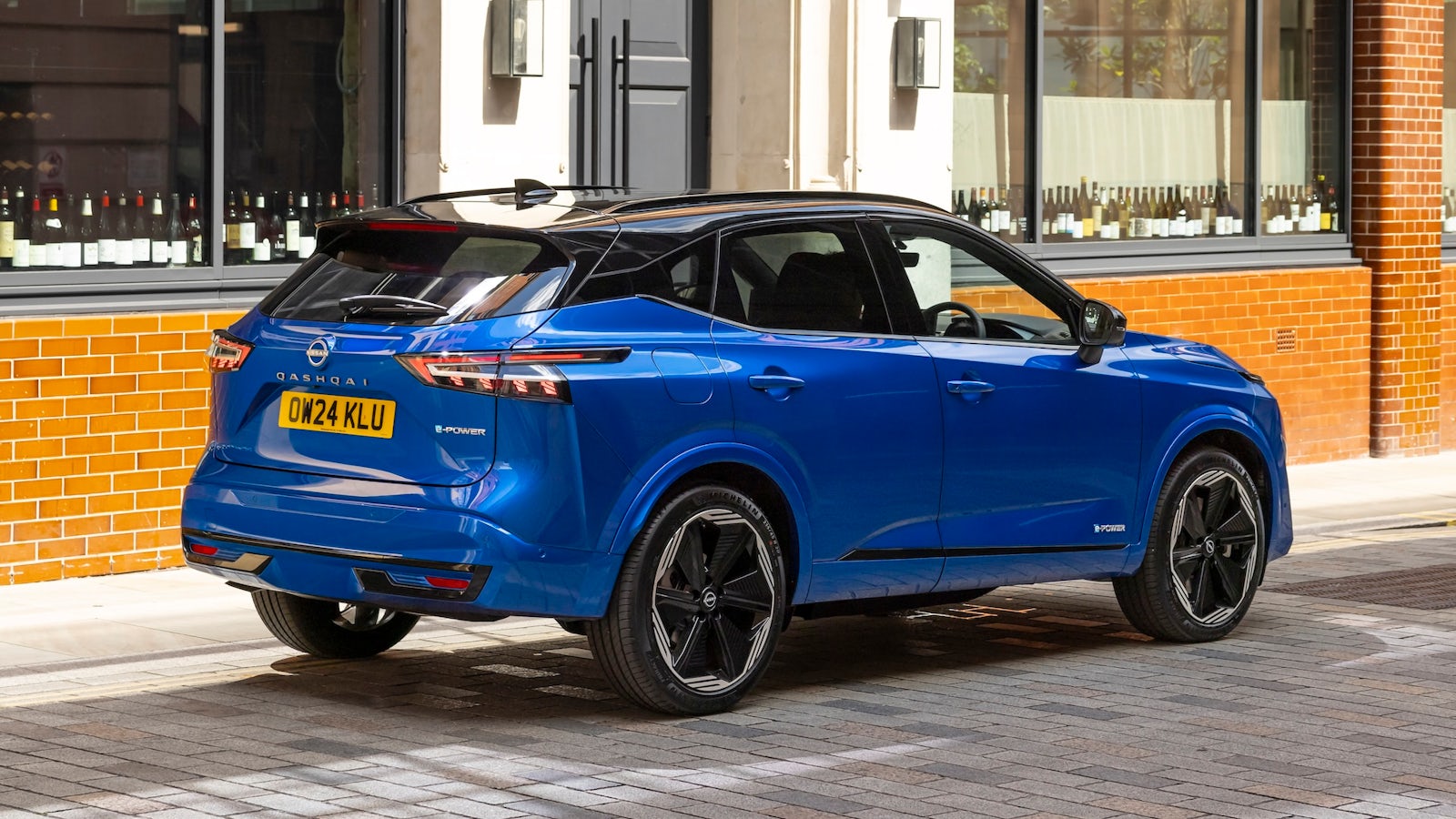
The Tucson has a similarly arresting front-end design with stacked daytime running lights and loads of intricate detailing. That carries on down the sides of the car, though, with wild creases and styling details and a smart rear end with a full-width light bar and hidden rear wiper.
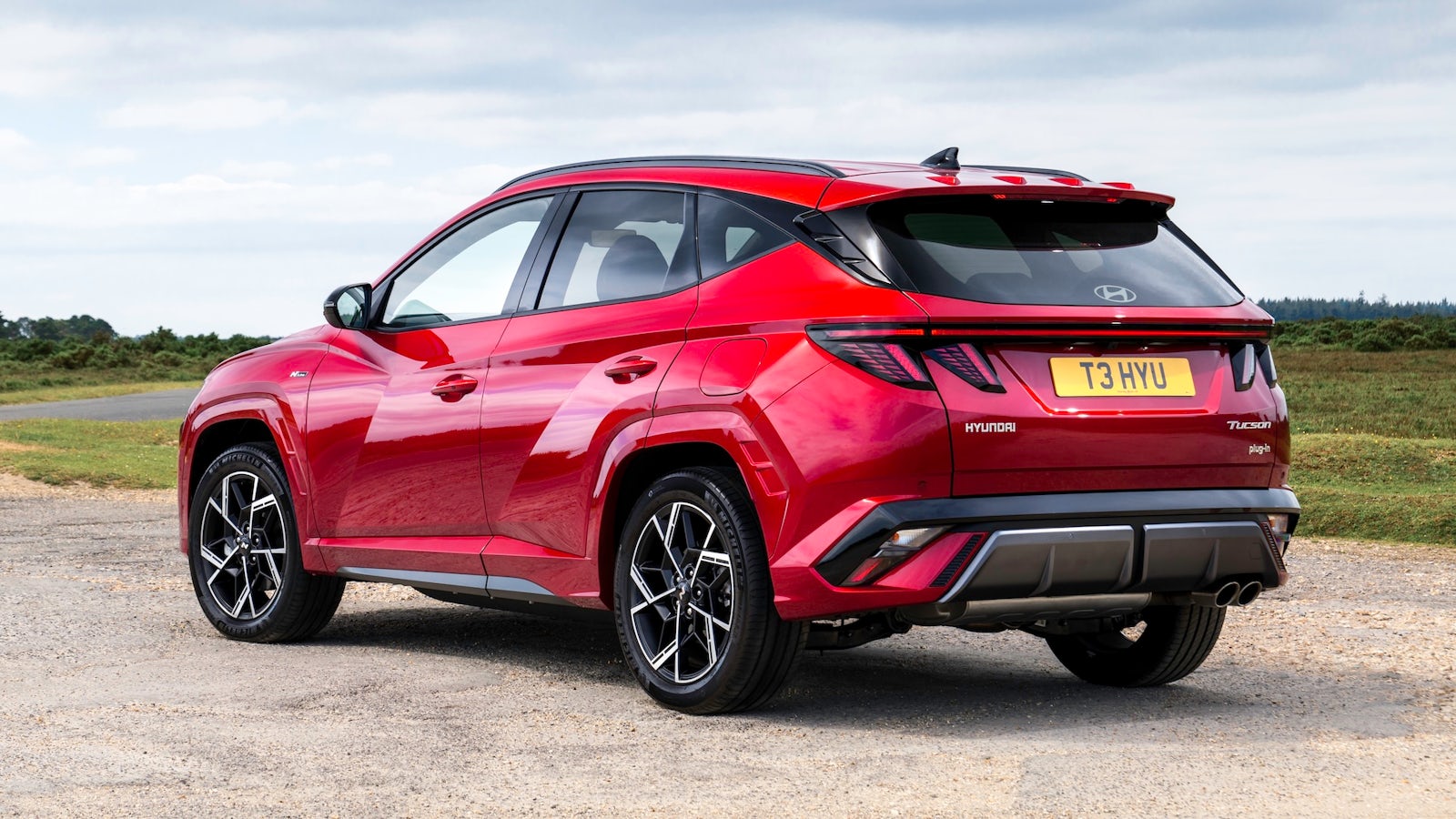
Inside, there’s little to separate the two. They both have a pair of screens for driver information and infotainment, though the Hyundai’s effort is arguably a little neater as both displays are under one seamless sheet of glass. The Qashqai feels a bit more straightforward, though, and its Google-based infotainment system is fantastic with the best voice assistant around and access to lots of native apps.
Nissan Qashqai v Hyundai Tucson: engines and driving
The Hyundai Tucson racks up some points straight away as it offers a plug-in hybrid engine. Even though this isn’t necessarily the best plug-in hybrid SUV, it immediately makes it a far better choice for company car drivers as the CO2 emissions are much lower than anything the Qashqai can muster up.

If you’re a private buyer, the choice is harder. The Tucson offers a regular petrol engine as well as a self-charging hybrid. The petrol is thirsty and quite noisy, while the hybrid is more efficient but is rather clunky in operation.
The Qashqai has a mild hybrid petrol engine available with manual or automatic gearboxes, which is a bit lethargic at low speeds – it’s fine, but nothing special. The real trick is its e-Power self-charging hybrid, which is more like a range-extending electric car – the engine never drives the wheels, it only acts as a generator.
The e-Power Qashqai feels peppy around town and nice and relaxed on the motorway. It was refreshed in mid-2025 to be quieter and more efficient, and this is the version we’d recommend going for as it offers impressive fuel economy.
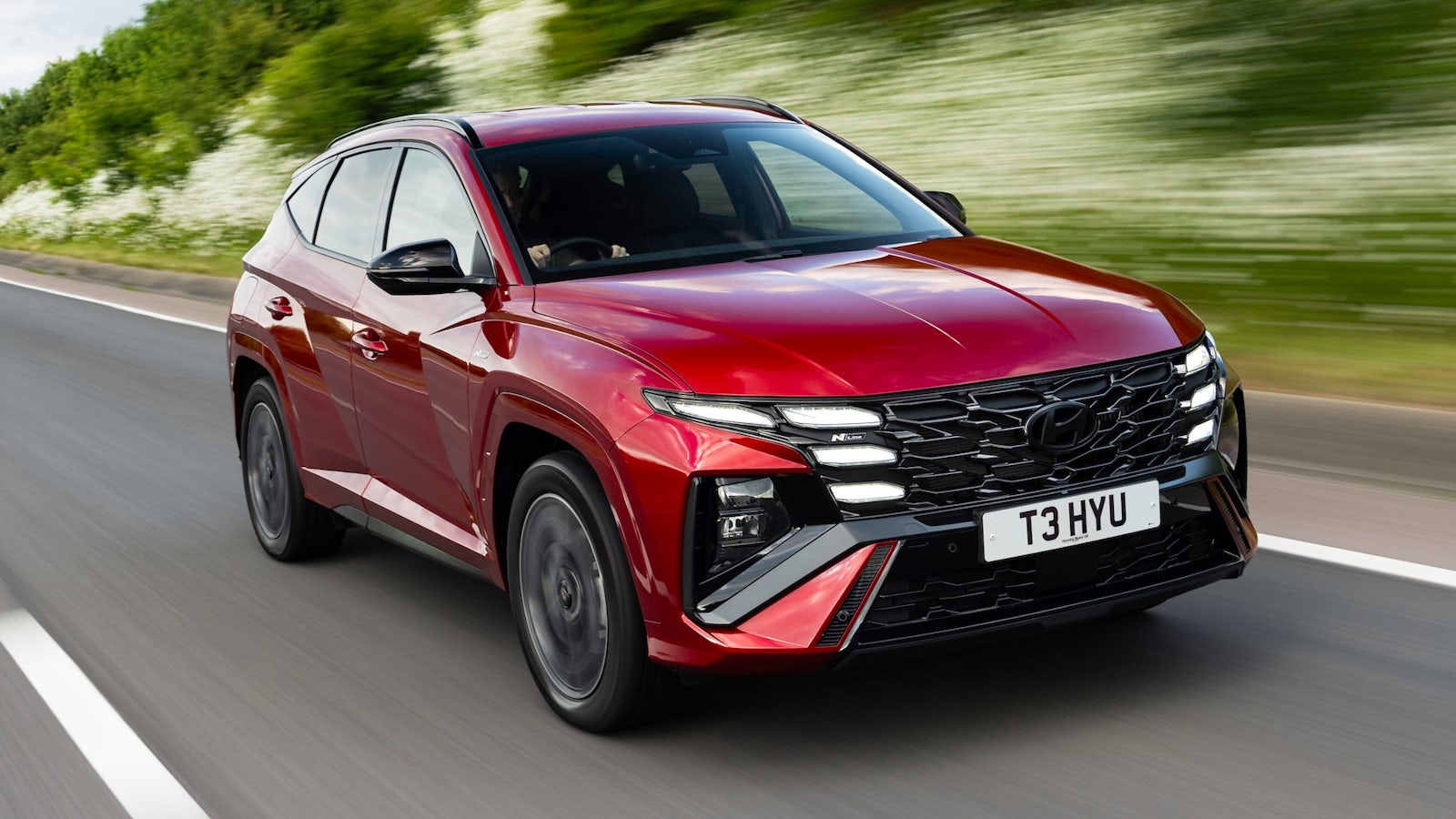
In terms of drive comfort, there’s little to separate the two cars. The Qashqai feels a little softer over bumps, and the Tucson feels a bit sportier in the corners – but neither car is what you’d call fun on a twisty road, you’ll need a SEAT Ateca or Ford Kuga for that.
Nissan Qashqai v Hyundai Tucson: practicality and running costs
The Tucson takes an immediate win on the practicality front thanks to its cavernous boot. The petrol version has 620 litres of space, the hybrid 577 litres and the plug-in hybrid 558 litres – but all of those dwarf the 504-litre space in the Qashqai. That could be the difference between taking those last couple of suitcases on holiday or not.
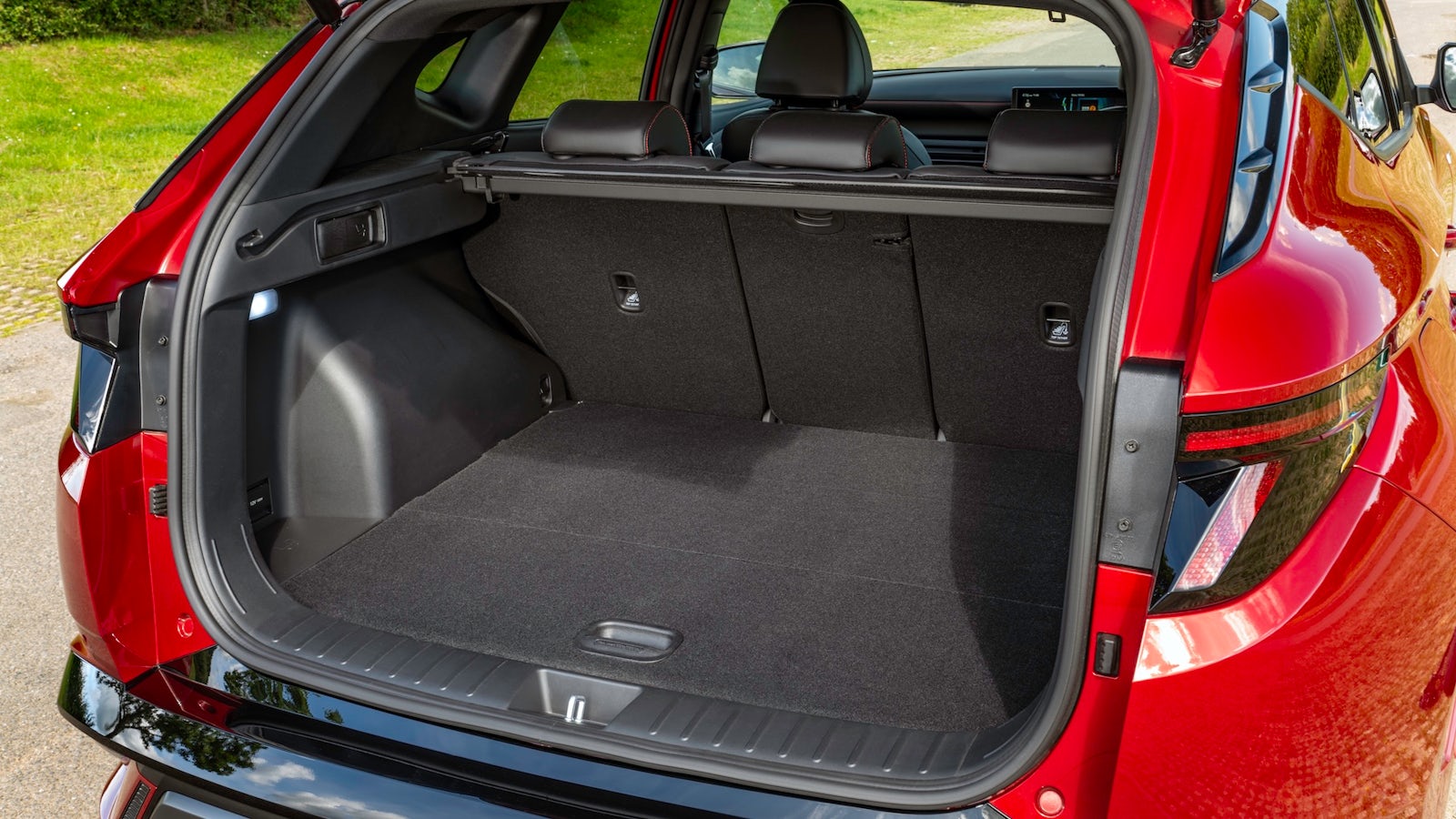
It’s more of an even playing field in the back seats, where both cars are big enough to carry lanky teenagers or two child seats with ease. Both have a slight hump in the floor and a raised centre seat that mean they’re not ideal for carrying three abreast, though.

When it comes to day-to-day running costs, the updated Qashqai e-Power is the clear winner. We tested this updated model and were able to achieve well over 50mpg without really trying – during a week with the equivalent Tucson hybrid we only returned about 43mpg.

The Qashqai is also a few thousand pounds cheaper to buy than the equivalent Tucson, though the base model is quite sparsely equipped.

The aforementioned Tucson PHEV is a much cheaper alternative if you’re a company car driver, though, as it has much lower CO2 than any Qashqai resulting in cheaper Benefit-in-Kind tax.
Nissan Qashqai v Hyundai Tucson: verdict
So which one is best? Well, these two cars are very closely matched in a lot of ways and so it comes down to the little details.
If you want ultimate space and practicality, then the Tucson is a better bet – it has a more spacious-feeling interior and its boot is huge compared to the Qashqai’s. It also feels rather more posh inside thanks to the clean design and high-tech dashboard, with ample standard equipment even on the base models. You also get a bit more warranty cover, with five years versus just three on the Qashqai.
The Qashqai is a bit plainer – it flies under the radar and feels like a safer choice. But if you order one of the newly updated e-Power models, it’s our pick of these two cars – it’s much nicer to drive and very economical, with that brilliant Google infotainment system the icing on the cake.
Car change? Carwow!
Looking for a new set of wheels? With Carwow you can sell your car quickly and for a fair price – as well as find great offers on your next one. Whether you’re looking to buy a car brand new, are after something used or you want to explore car leasing options, Carwow is your one stop shop for new car deals.
Click here to follow us on WhatsApp, where you can keep up-to-date with all the latest news, reviews, advice guides and videos.















